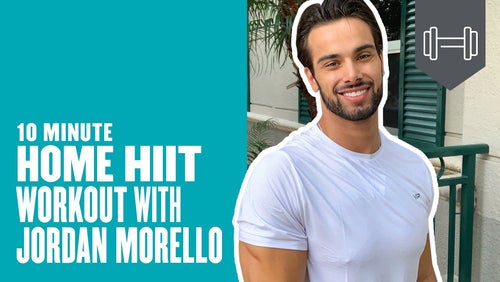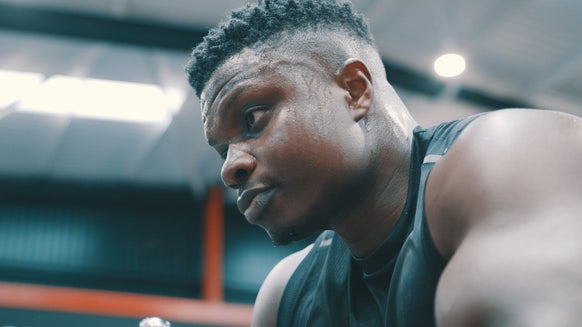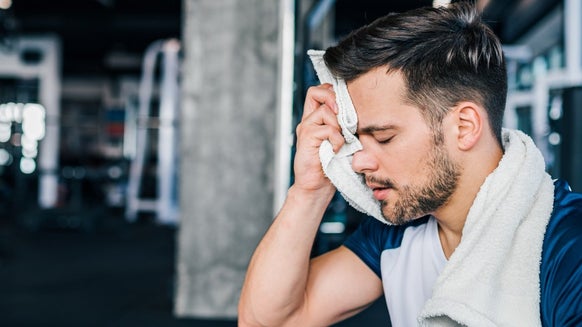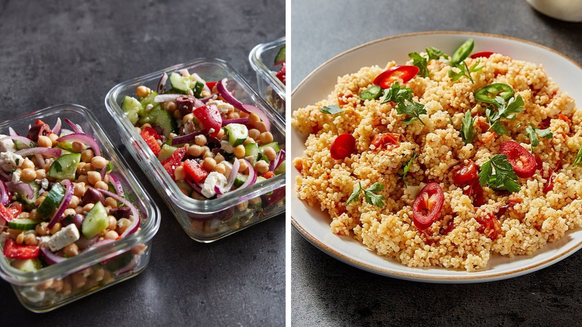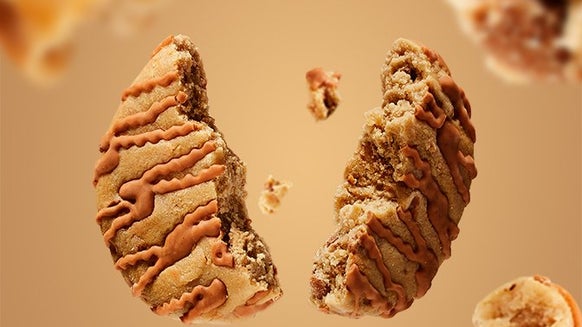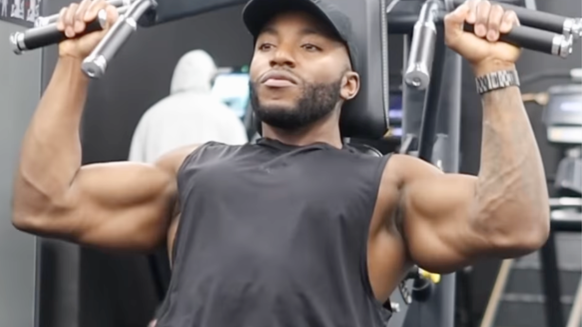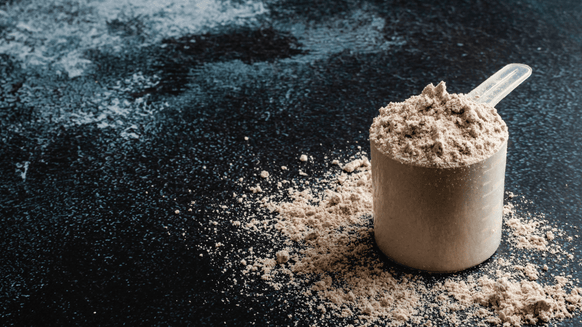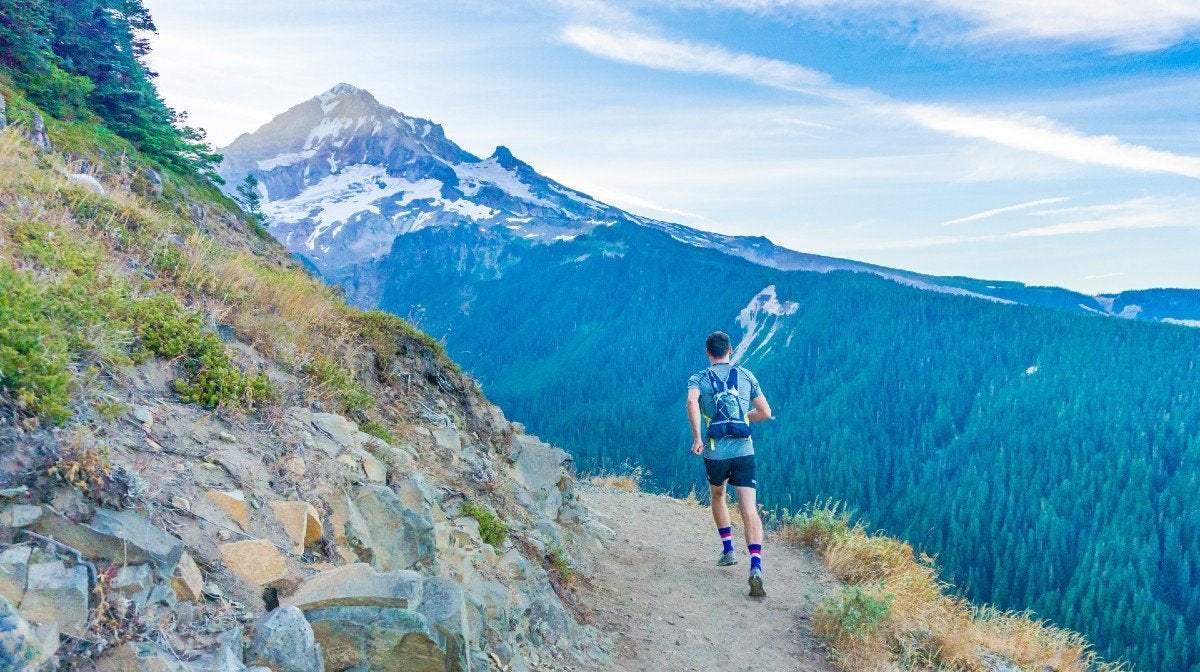
Aside from getting to wear your favourite Christmas jumpers to the gym, it’s hard to believe there are any other benefits outside of these welcomed winter wonders.
I mean, there is also the whole “my post workout consists of nothing but chocolate coins” for a month-long phase in December, but let’s be serious; that’s not really a benefit of working out, we’d be doing that anyway.
It may surprise you to know that there are unique physiological benefits to training in colder climates. Read on and maybe you’ll have the extra motivation to drag yourself out of your warm and cosy bed on these frosty mornings to get that training in.
Activating fat that burns… fat?
Yes, sounds all a bit mad scientist, but this is in fact one of the ways in which our body adapts to cold exposure.
There are two forms of fat/adipose tissue in the body; white adipose tissue (WAT) and brown adipose tissue (BAT).
WAT is the primary site of energy storage, and BAT, which stores lower levels of fat, can be activated to oxidise fatty acids to maintain body temperature. When we are exposed to the cold our body has to work harder to maintain our temperature through activation of BAT (among other processes). More BAT activation means we are using more stored fat as fuel!
Prolonged exposure to the cold actually increases the conversion of WAT to BAT. Ultimately, more BAT equals more fat oxidization which may make your January efforts around dropping those few extra festive kilos much easier.
Burning your way through the festivities
One of the other notable benefits of increased BAT is that BAT activation leads to an increase in energy expenditure. So, similarly to stored fat, the more BAT we have, and the more we activate it, the more calories we will burn.
But that’s not the only way in which we burn more calories when exercising in the cold.
Aside from the obvious shivering (which can burn a significant number of calories in of itself), there is also a tendency to move more. In fact, cold exposure training may increase energy expenditure up to 30% above what is atypical for that person!
What about actual performance?
The impact on performance will of course depend not only on the individual and their perception to the cold they’re experiencing, but also the actual relative temperature itself. An environment which is too cold will eventually be deleterious to performance (and potentially dangerous to train in).
However, there may be some muscular adaptations to exercising in the cold that you may not expect. For one, it may improve your endurance performance. Blood flow is more challenging in colder climates meaning our heart has to work harder. For a healthy person this can make the heart even stronger, and potentially set them up for improved performances once the warmer weather resumes.
Additionally, the exposure to cold may stimulate angiogenesis (the physiological process through which new blood vessels form from pre-existing vessels). An increase in blood vessels will mean greater transportation to and from muscle which could in turn result in performance benefits! Not only that, but it may also confer to improved recovery too.
The importance of exercise to avoid S.A.D-ness
S.A.D, or seasonal affective disorder, is a form of depression that occurs with seasonal change (being most frequently associated with Winter).
Whilst there is uncertainty as to why this condition occurs, it is thought to be in some way related to changes in our body clock, disruption to schedules and varying light exposure.
Around 1 in 15 people suffer with severe S.A.D and that the condition is 3 times more likely to affect women than men.
Exercise has been shown to be a powerful tool in helping along the treatment of depression and this has carried over into studies evaluating its effect on symptoms of S.A.D.
When performed regularly, it has been found that exercise significantly benefitted the mental health of those experiencing the condition and may be a great tool to use during the Winter months to ensure we keep our Christmas spirit throughout the yuletide period.
Take Home Message
I’m sure it comes as no surprise; exercise remains one of the most important pillars to a healthy lifestyle, arguably even more so in the Winter months.
With the worries of weight management peaking this time of the year, as well as the risk of mental health problems, exercise appears to be the perfect solution. Not only that, but for the more performance focused amongst our readers, it may have significant benefits for your results and recovery come the Spring and Summer.
As always, we advocate you stay active, but do so safely. Roads may be slippery, days are getting darker; train hard, train smart and, above all else, train safely.
Interested in hearing more from our experts?
READ THESE NEXT:

14 Chest Exercises For Your Home Workout
If you thought you needed the gym to pump up your pecs, think again....

Black Friday Clothing Deals Too Good To Miss | Activewear For Men And Women
The best workout apparel for men and women....
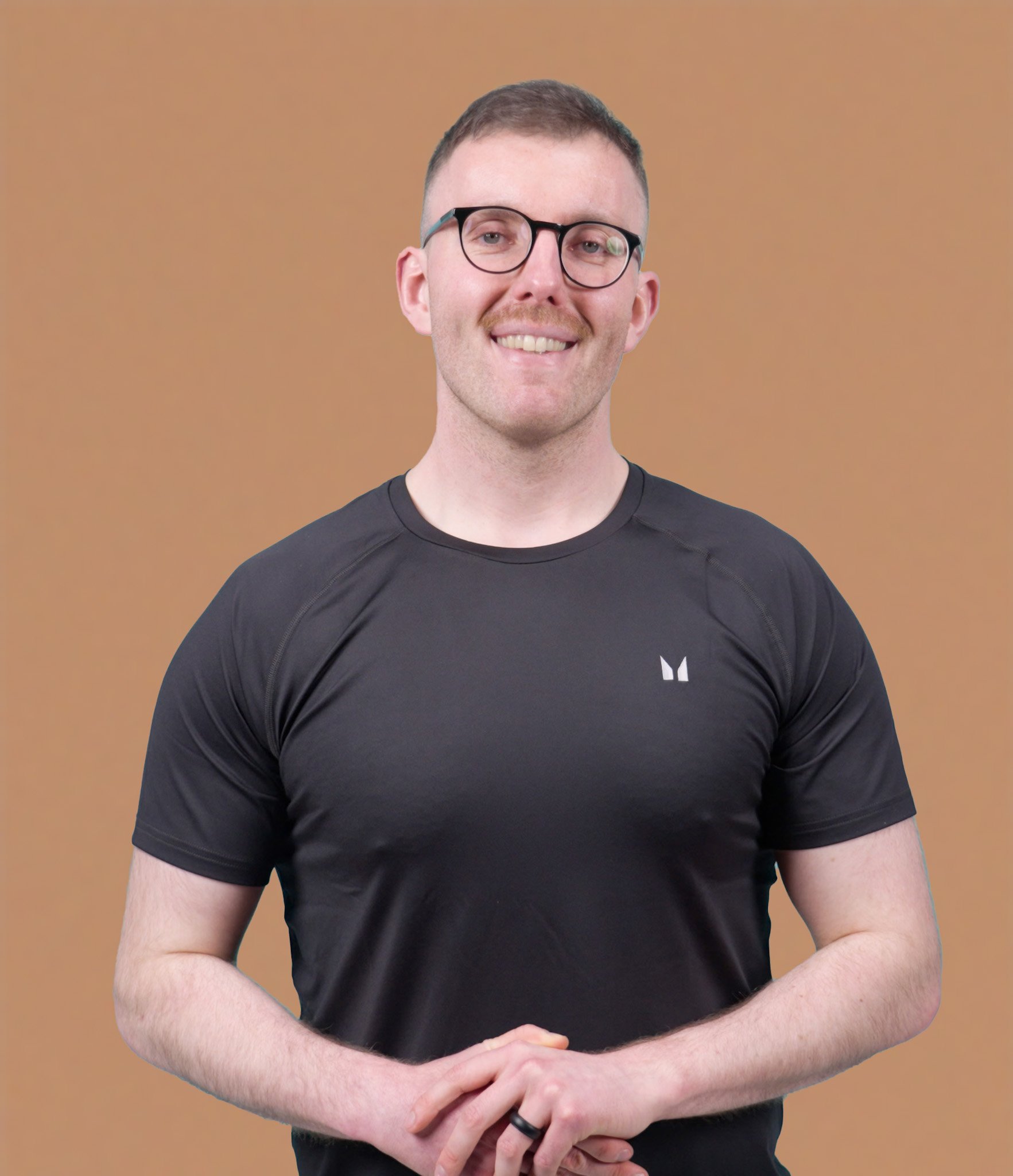
1. Peres Valgas da Silva C, Hernández-Saavedra D, White JD, Stanford KI. “Cold and Exercise: Therapeutic Tools to Activate Brown Adipose Tissue and Combat Obesity. Biology.” Published 2019 Feb 12. https://www.ncbi.nlm.nih.gov/pmc/articles/PMC6466122/
2. Cui XB, Chen SY. “White adipose tissue browning and obesity”. J Biomed Res. 2016;31(1):1-2 https://www.ncbi.nlm.nih.gov/pmc/articles/PMC5274505/
3. Acosta FM, Martinez-Tellez B, Sanchez-Delgado G, et al. “Physiological responses to acute cold exposure in young lean men”. Published 2018 May https://www.ncbi.nlm.nih.gov/pmc/articles/PMC5937792/
4. Wakabayashi H., Oksa J. and Tipton MJ. “Exercise performance in acute and chronic cold exposure”. J Phys Fitness Sports Med, 4(2): 177-185, 11 March 2015. https://www.jstage.jst.go.jp/article/jpfsm/4/2/4_177/_pdf/-char/en
5. Tipton M.J., Kent B. Pandolf M.N., Sawka J., Werner N., A.S. Taylor,. “Physiological Adaptation to Hot and Cold Envionments”. Research Gate., April 2002. https://www.researchgate.net/publication/235070024_Human_Adaptations_to_Heat_and_Cold_Stress
6. Huard J., Gharaibeh B. “Stem cells, angiogenesis and muscle healing: A potential role in massage therapies?”. British Journal of Sports Medicine, 47 (9). November 2012. https://www.researchgate.net/publication/233806149_Stem_cells_angiogenesis_and_muscle_healing_A_potential_role_in_massage_therapies
7. Mind. “Seasonal Affective Disorder (SAD)”. Published by Mind. February 2019. https://www.mind.org.uk/media-a/2952/sad-2019.pdf
8. NHS. “Seasonal Affective Disorder, Overview, Symptoms and Treatments”. NHS.UK. 30th July 2018. https://www.nhs.uk/conditions/seasonal-affective-disorder-sad/
9. Belvederi Murri M, Ekkekakis P, Magagnoli M, et al. “Physical Exercise in Major Depression: Reducing the Mortality Gap While Improving Clinical Outcomes”. Front Psychiatry. Published January 10th 2019. https://www.ncbi.nlm.nih.gov/pmc/articles/PMC6335323/
10. Peiser B. “Seasonal affective disorder and exercise treatment: a review”. Biological Rhythm Research, 40:1, 85-97, 2009, https://www.tandfonline.com/doi/abs/10.1080/09291010802067171
